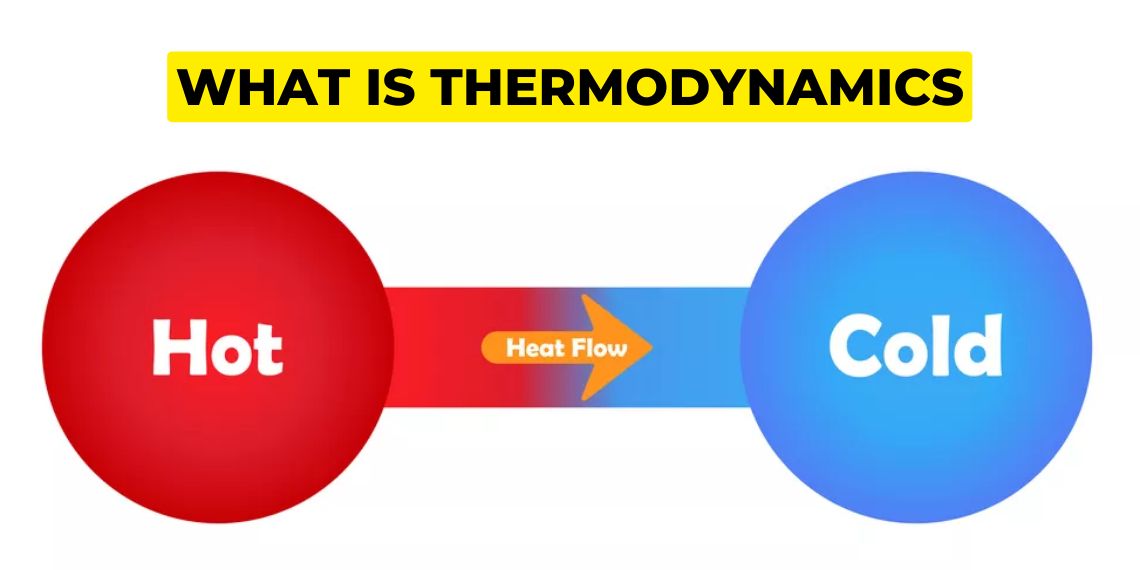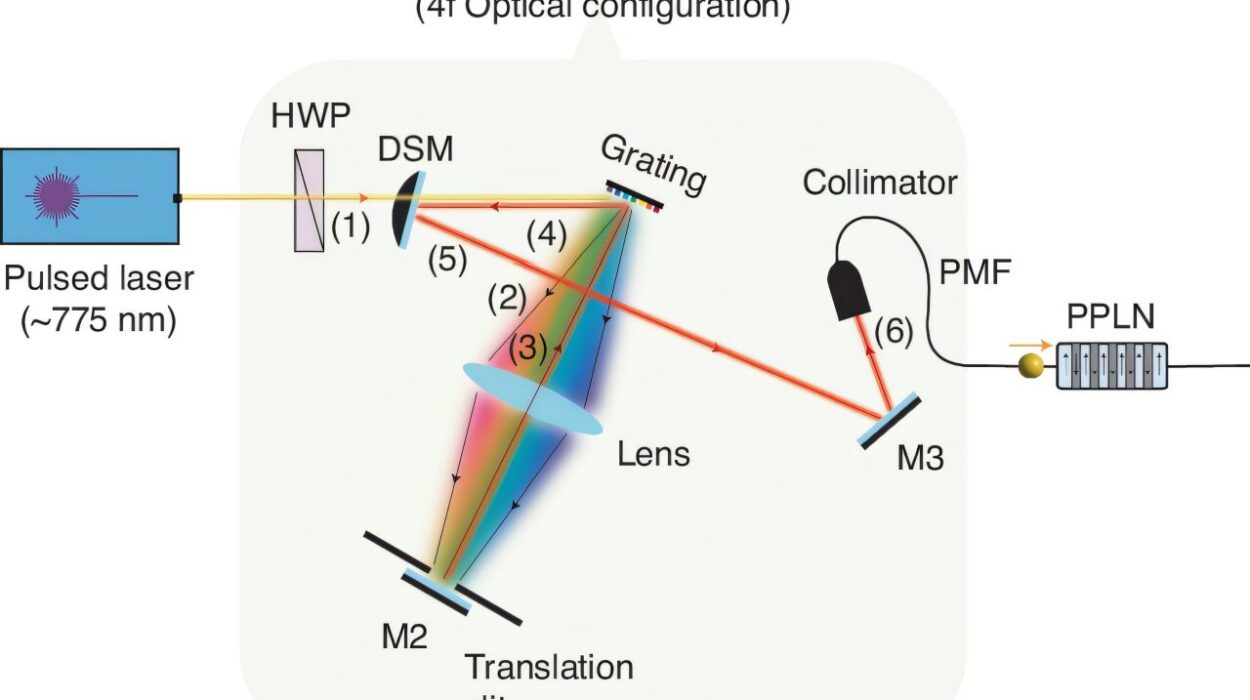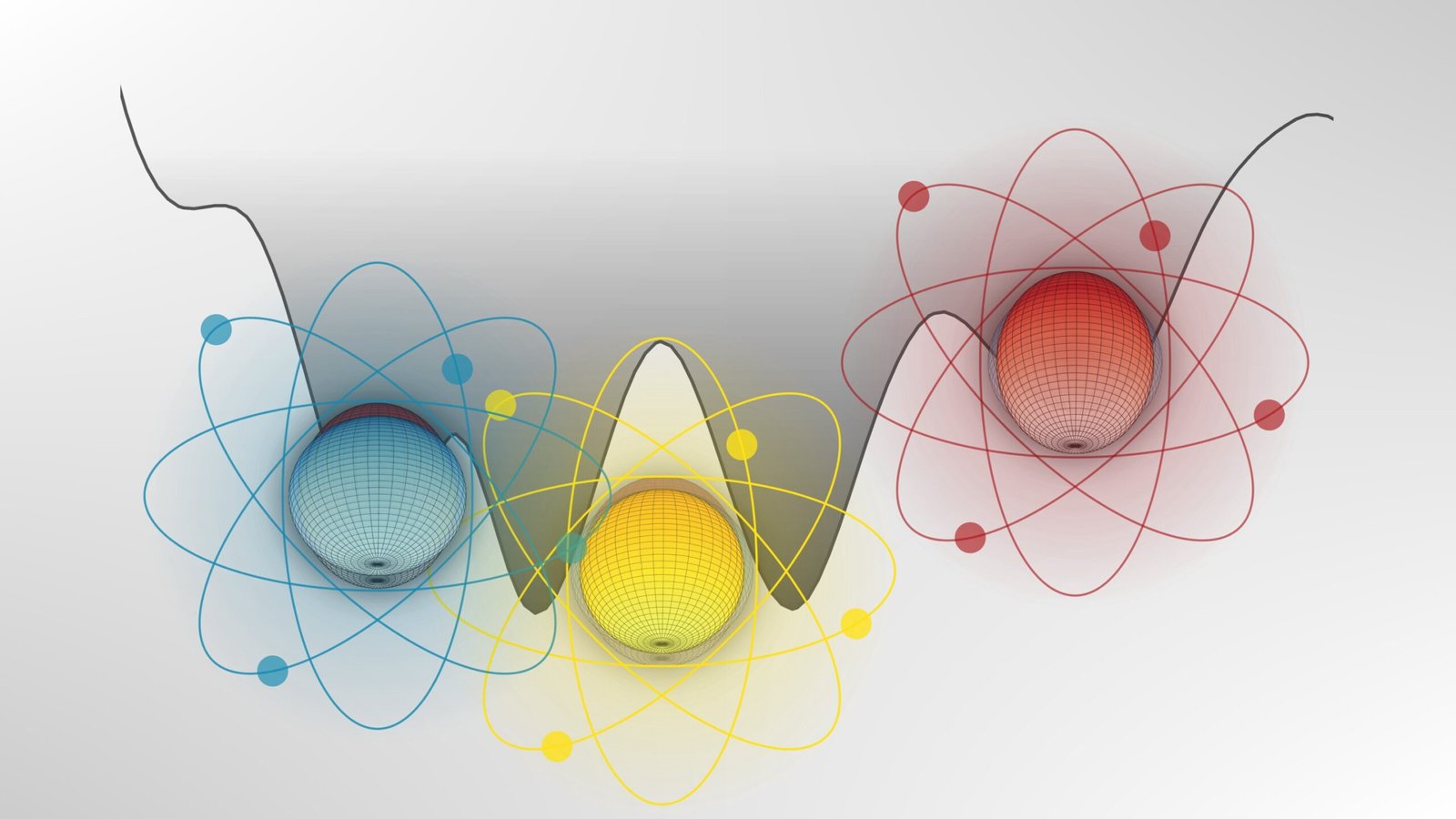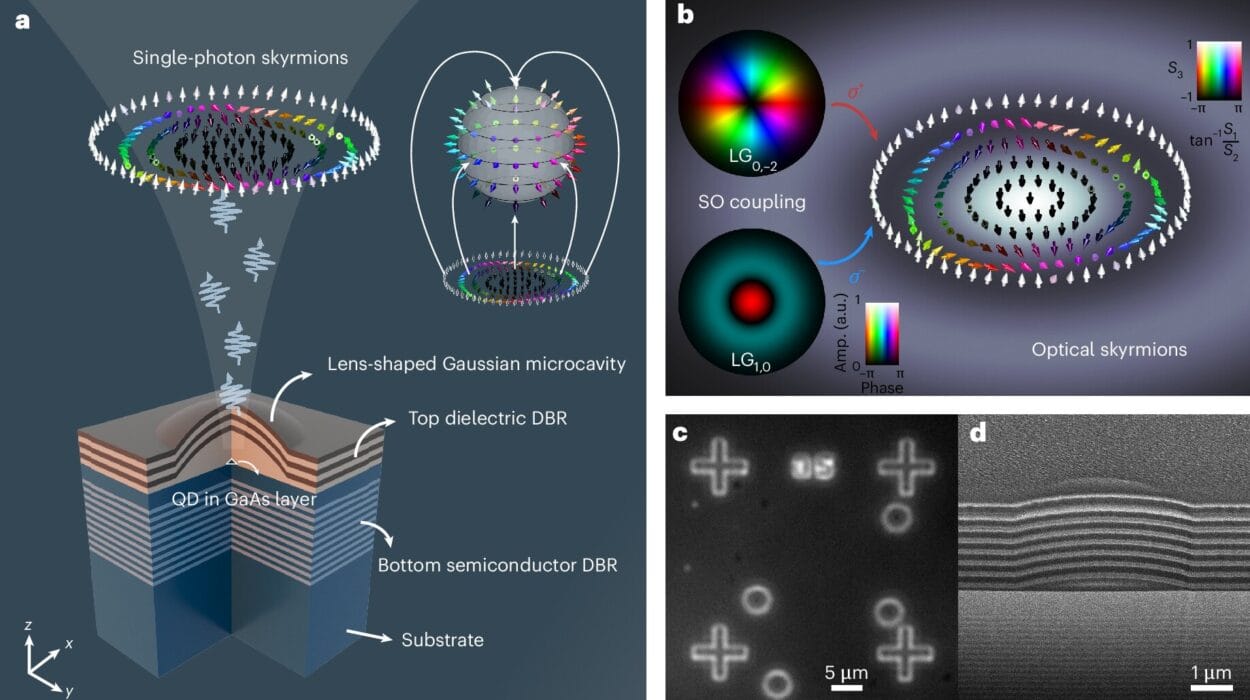A recent article published in the journal Optica unveils the development of an innovative experimental device designed to probe the boundary between classical and quantum physics. The groundbreaking instrument enables simultaneous observation and investigation of phenomena from both the macroscopic classical world and the microscopic quantum realm, offering unprecedented insights into the behavior of matter at vastly different scales.
Developed by a team of scientists in Florence, the device is a product of extensive collaboration within the National Quantum Science and Technology Institute (NQSTI), involving the Department of Physics and Astronomy at the University of Florence, the National Institute of Optics of the National Research Council (CNR-INO), the European Laboratory for Nonlinear Spectroscopy (LENS), and the Florence branch of the National Institute for Nuclear Physics (INFN). This collaborative effort brings together some of the brightest minds in physics and optics to push the boundaries of what is experimentally possible in the study of quantum mechanics.
Exploring the Divide Between Classical and Quantum Physics
It is well understood that as we delve deeper into the fundamental structure of matter, particularly at smaller and smaller scales, the behavior of objects begins to diverge significantly from what we observe in our everyday, macroscopic world. This shift in behavior is where quantum physics comes into play, offering explanations for the peculiar properties of matter when dealing with particles and systems that exist on atomic and subatomic scales.
At the macroscopic level, classical physics provides a reliable description of the world around us, using laws and equations that govern everything from the motion of planets to the workings of everyday objects. However, as we move to the quantum realm—where particles such as atoms, electrons, and photons exist—the behavior of matter becomes much less intuitive. Quantum mechanics introduces phenomena like superposition, entanglement, and wave-particle duality, which do not have counterparts in classical physics and can seem downright strange.
Until now, these two worlds—the classical and the quantum—have largely been studied in isolation. Researchers typically choose one or the other depending on the scale of the system they are studying. However, the new experimental device developed by the Italian team opens the door to studying both realms simultaneously, allowing scientists to investigate how classical and quantum effects coexist and interact in a controlled environment. This advancement could provide critical insights into the often subtle boundary that separates these two worlds.
The Levitating Nano-Objects and the Role of Light
One of the core principles behind this groundbreaking research is the use of optical trapping, a phenomenon where light is used to manipulate microscopic particles. This phenomenon, known as optical tweezers, was first observed in the 1980s and has since been refined, notably by Arthur Ashkin, who won the Nobel Prize in Physics in 2018 for his work on optical tweezers. Optical tweezers take advantage of the fact that light can exert forces on small objects, such as individual particles, by creating highly focused laser beams that “trap” and levitate them.
The device developed by the research team in Florence uses this same principle to trap and manipulate glass nanospheres—tiny spheres with diameters on the scale of hundreds of nanometers (a nanometer is one-billionth of a meter). These spheres are levitated within tightly focused beams of light, which are tuned to specific wavelengths or colors. The unique aspect of this experiment is that two distinct beams, each with different colors, are used to trap two separate nanospheres simultaneously.
The spheres, which are electrically charged, interact with each other in the optical trap. This creates a coupled system where the motion of one sphere strongly influences the trajectory of the other. The oscillation of the spheres around their equilibrium positions occurs at very specific frequencies, and these oscillations allow the researchers to observe both classical and quantum behavior. In the classical regime, the motion of the spheres is predictable and follows the familiar laws of physics. However, as the system is carefully manipulated and fine-tuned, quantum effects emerge, often exhibiting counterintuitive and puzzling behavior.
A New Tool for Studying Collective Interactions
The research team, led by Francesco Marin from the University of Florence and CNR-INO, is enthusiastic about the potential of this new tool for investigating the dynamics of nanosystems. According to Marin, “These nano-oscillators are among the rare systems in which we can investigate the behavior of macroscopic objects in a highly controlled manner.” In other words, the system allows for a rare experimental setup in which the effects of both classical and quantum mechanics can be observed at the same time.
The unique nature of this experiment lies in its ability to explore how collective interactions within a system can lead to the emergence of behaviors that are not easily categorized into either classical or quantum domains. The two spheres, by interacting with each other in a coupled manner, create a complex system in which researchers can investigate the boundary between the two worlds in a tangible and observable way.
The application of optical trapping to such a system of interacting nanoscale objects is a significant step forward in the field. It paves the way for more nuanced experiments that could shed light on the ways that quantum effects manifest in larger, macroscopic systems, and how these effects might be harnessed for new technologies or applications. This research also holds the potential to help scientists understand how quantum behaviors might influence the classical world as we scale up in size and complexity.
Implications for Quantum Technology and Beyond
The ability to explore and experiment with the subtle interplay between classical and quantum systems is not just an academic curiosity; it has profound implications for the future of quantum technology. As quantum computing, quantum cryptography, and other quantum-based technologies become increasingly important, understanding the crossover between classical and quantum realms could play a crucial role in overcoming challenges in the practical implementation of these technologies.
In particular, systems that operate in both the classical and quantum regimes could open new pathways for quantum control and quantum error correction techniques. This could lead to more stable and reliable quantum devices, which are crucial for the development of functional quantum computers and other quantum technologies.
Moreover, the work of the Florence-based team could inspire new approaches to quantum sensing and quantum metrology, areas where extremely sensitive measurements at the quantum level are required. By studying the classical-quantum boundary, scientists may uncover new techniques for exploiting quantum coherence and entanglement, leading to more precise and accurate instruments.
The Road Ahead
The success of this experimental device marks an exciting milestone in the ongoing effort to bridge the gap between classical and quantum physics. As the team continues to refine and expand their work, they hope to explore even more complex systems and gather more data on the nuanced behaviors that emerge when classical and quantum worlds collide.
As Francesco Marin puts it, the research opens the way for the study of “collectively interacting nanosystems in both the classical and quantum regimes,” offering a new framework for experimental exploration. The boundary between classical and quantum physics is still a largely unexplored frontier, and this novel device is poised to be a valuable tool in answering some of the most fundamental questions in physics.
As we continue to push the frontiers of science, the development of this experimental apparatus signals an exciting future for both fundamental research and the potential technological applications of quantum physics. The implications of this work will likely be felt across a wide range of disciplines, from physics and material science to engineering and computing, as we move closer to harnessing the true power of the quantum world.
Reference: Q. Deplano et al, Coulomb coupling between two nanospheres trapped in a bichromatic optical tweezer, Optica (2024). DOI: 10.1364/OPTICA.538760






